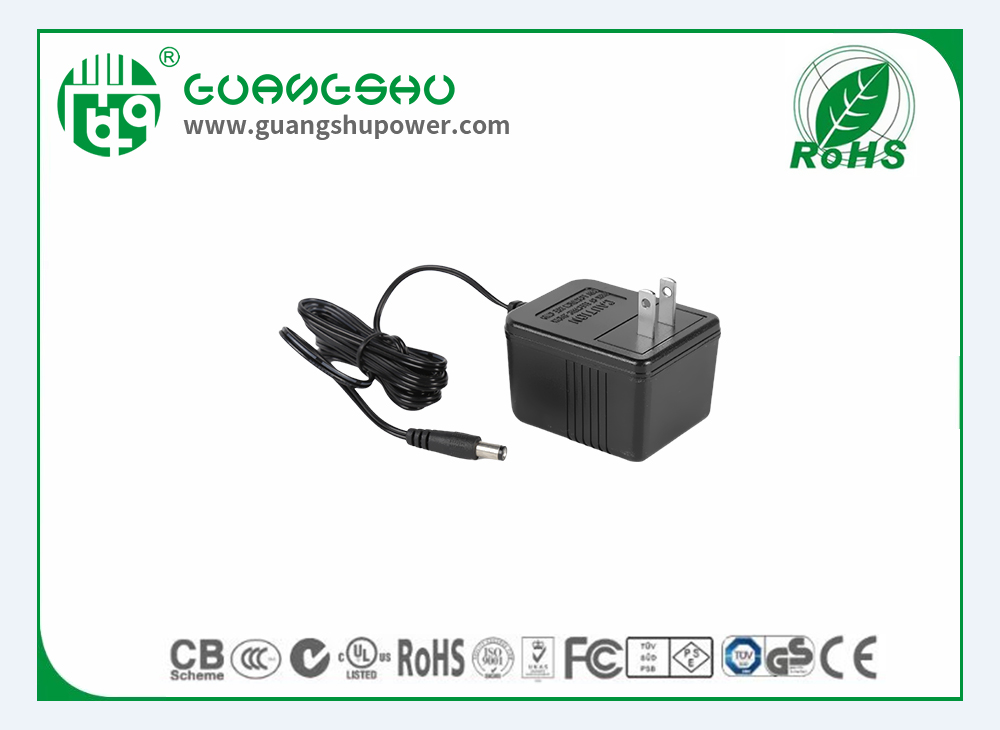Time:2025-05-24 Views:0

Output voltage instability in power chargers is a prevalent issue that can lead to a variety of problems for the devices being charged, ranging from reduced battery lifespan to potential damage. When the output voltage fluctuates, it fails to provide the consistent power supply required by modern electronics. For instance, a smartphone charger with unstable voltage might cause the device to charge erratically, display charging errors, or even overheat.
Several factors contribute to this instability. One of the primary causes is a malfunctioning voltage regulator within the charger. The voltage regulator is responsible for maintaining a steady output voltage despite variations in the input voltage or load. If the regulator's components, such as transistors or integrated circuits, degrade over time or are damaged due to electrical surges, the output voltage will deviate from its intended level. Another possible reason is capacitor failure. Capacitors in a charger circuit store and release electrical energy to smooth out voltage fluctuations. When capacitors dry out, leak, or short - circuit, they lose their ability to perform this function effectively, resulting in voltage instability.
To diagnose output voltage instability, technicians typically use a multimeter. By connecting the multimeter to the charger's output terminals while it is in operation, they can measure the voltage and observe any fluctuations. If the measured voltage varies significantly from the rated output voltage (usually within a small tolerance range, such as ±0.5 volts for most consumer chargers), further investigation is required. In more complex cases, an oscilloscope may be used to visualize the voltage waveform, providing detailed information about the nature and frequency of the fluctuations.
The solution to this problem depends on the root cause. If the voltage regulator is faulty, it may need to be replaced with a compatible component. This requires soldering skills to remove the old regulator and install the new one. In the case of capacitor failure, identifying the bad capacitors and replacing them can often resolve the issue. However, it's crucial to ensure that the replacement capacitors have the correct capacitance, voltage rating, and physical dimensions. Additionally, checking for any loose connections or damaged traces on the circuit board can also help in restoring stable output voltage. Regular maintenance and avoiding overloading the charger can prevent voltage instability from occurring in the first place.
Read recommendations:
18W Side plug Switching Power Supply
150W desk Switching power supply
Weather-resistant interchangeable power supply for outdoor security cameras